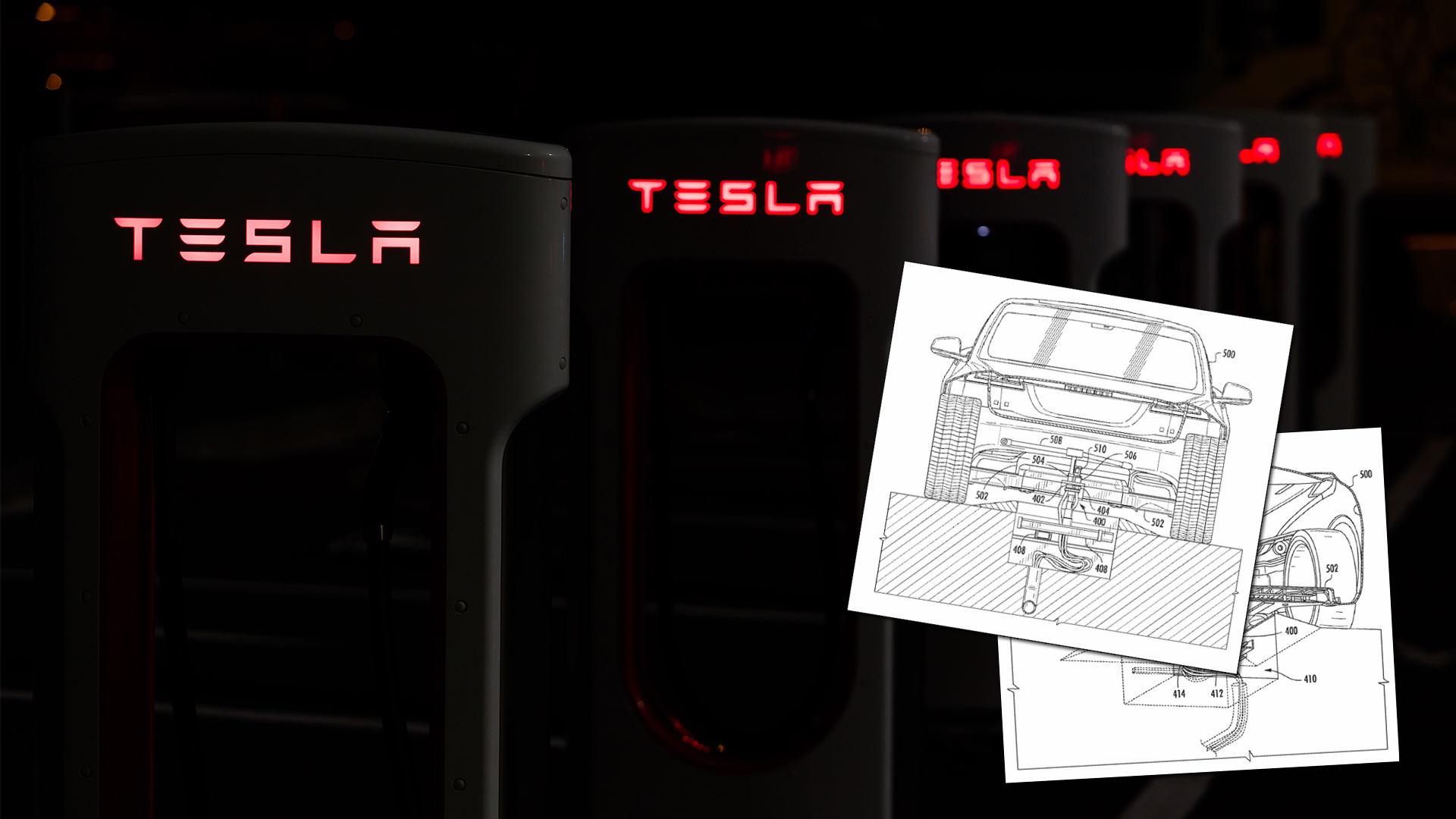

It goes without saying that Tesla is one of the most recognized brands when it comes to electric cars today. But one of the biggest challenges that many electric automakers face is the time it takes to charge their vehicle when compared to, say, fueling up a gasoline-powered car. Tesla has been working on various solutions, including rolling out more supercharging stations around the globe. Other auto manufacturers have joined Tesla in this as well, but it still takes a considerable amount of time to charge EVs to full capacity. In response to the issue, Tesla has published one of its patents it hopes to help charge times.
Unfortunately, the patent process doesn’t have the fastest turnaround time. Tesla applied for this particular patent in 2014, however, it was only just recently published in April of 2017 (after being revised once in 2016). But that doesn’t mean that this technology will happen any faster; in fact, it would require a large redesign of existing supercharger infrastructure, not to mention existing vehicles on the road. What is so different about thew way it charges that requires such change?
With the proposed configuration of Tesla’s newest patent, which describes the charger as “at least partially below ground surface,” vehicles would have to park in a pre-defined area and allow the vehicle to “dock” to perform charging. This is assuming that no cars have taken the spot as a parking space. A caveat might be the extra maintenance that may be needed to compensate for the transfer of fluids. Seals and o-rings will start to experience wear as fluid is exchanged from one source to another and thermal expansion will require certain tolerances. Things can crack and dry out, fluid can leak, and more. This goes for both the charger and the car—without upkeep, this could be a potential issue.

Alternatively, a more worrying idea is that if the fluid is serviceable, could the user replace the coolant with incorrect fluid, causing a problem for other motorists? Or, what happens if excess air were to be let into the cooling system accidentally? In a petrol-powered vehicle application, a pocket of air can cause overheating. There would need to be a method of bleeding out the excess air to prevent issues.
Obviously, these are some of the worst-case scenarios which can occur, and the technology is not likely ready for market yet (if it even reaches it). But the important fact is that Tesla has established the need to charge faster and are addressing it with different design approaches. Battery charging and capacity have been directly linked with ambient temperature, so attempting to cool the battery to an efficient zone can greatly help to dissipate heat and speed up charging.

It’s interesting to see that auto manufacturers are looking to solve charging time issues by focusing on decreasing charge temperatures rather than the chemical makeup of the battery. Either way, making the electric vehicle more mainstream for today’s infrastructure is critical and Tesla is working towards doing just that.

